FLOW is an interactive art installation by Maotik that represents real-time weather data in the form of digital tides and waves that fill a room.
I used 11 parameters to define the ocean form, we connect ourselves to a database and retrieve data such as sea levels, tide coefficient, humidity, weather cast, wind force, wind direction, weather cast, moon cycle, location, time of the day. When parameters such as wind force or sea levels will affect the movement of the sea others such as weather cast or humidity will change the colors.
How do I install this in my garage?

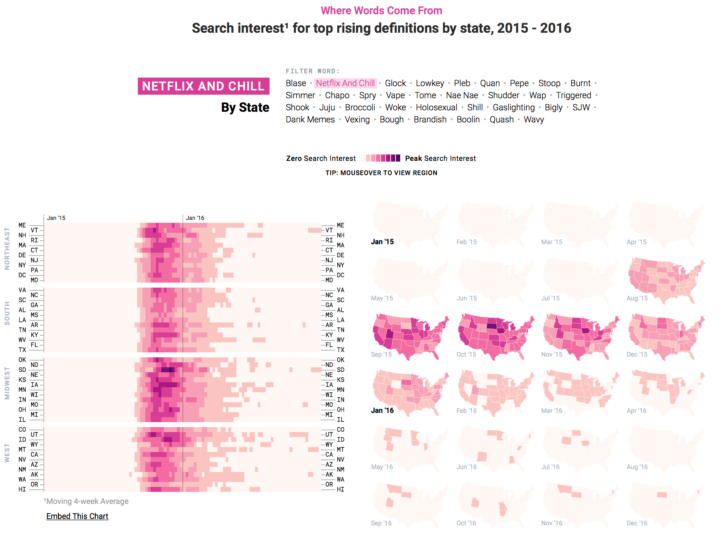
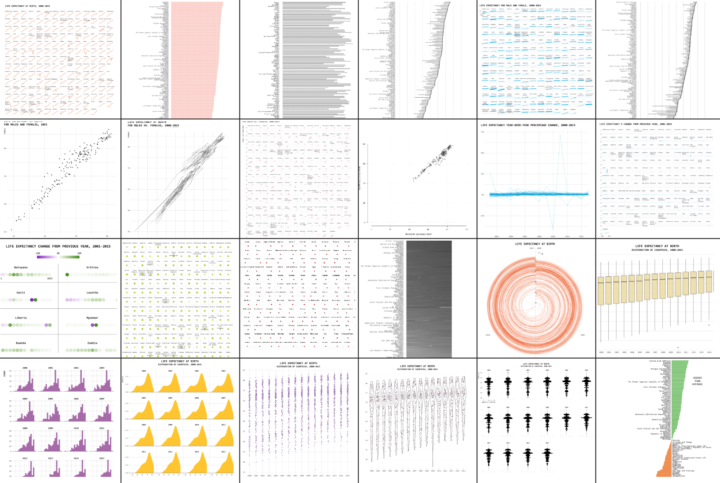

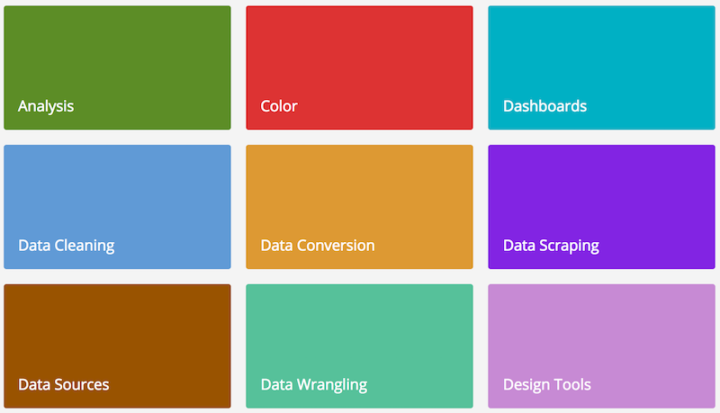

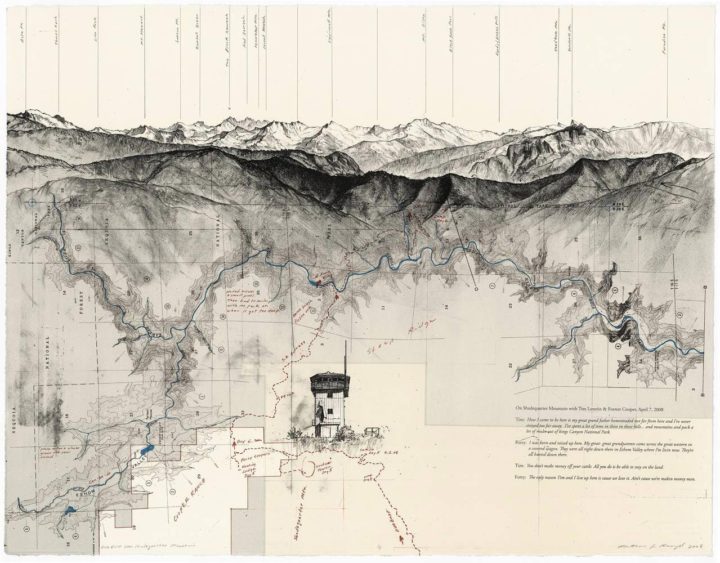
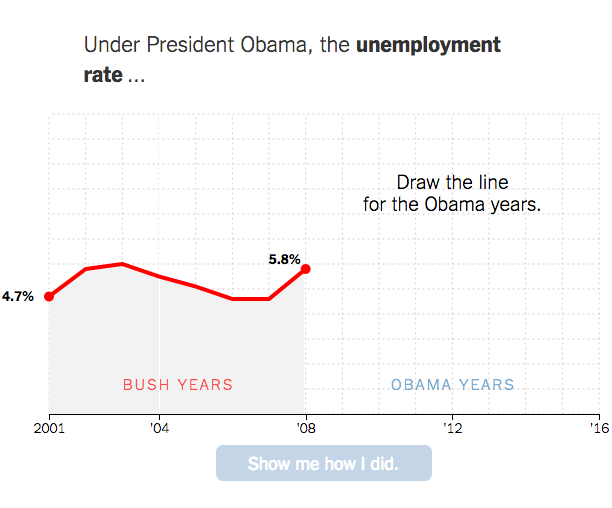

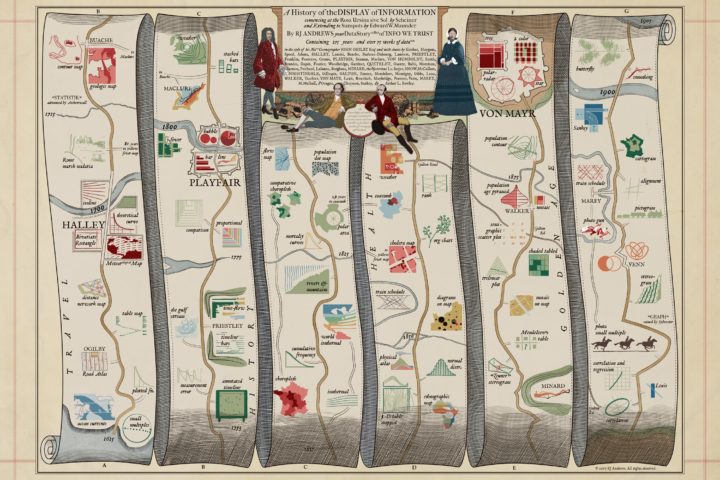
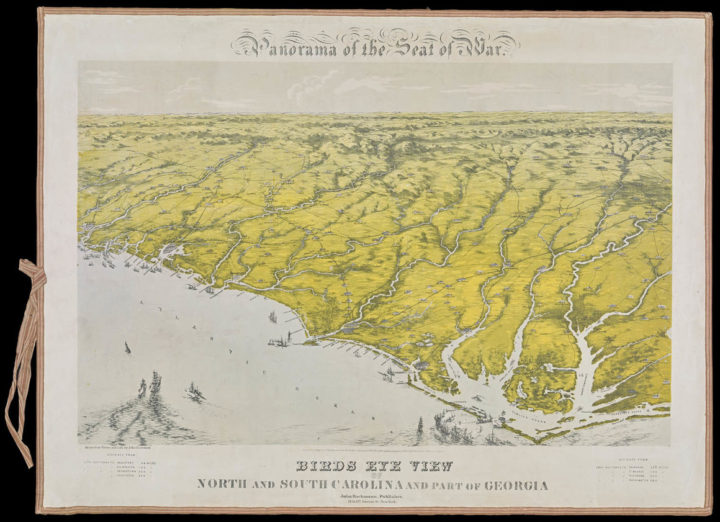
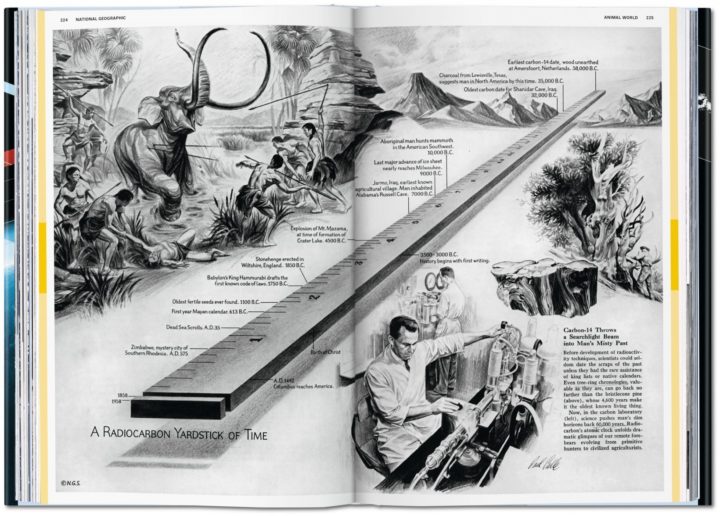
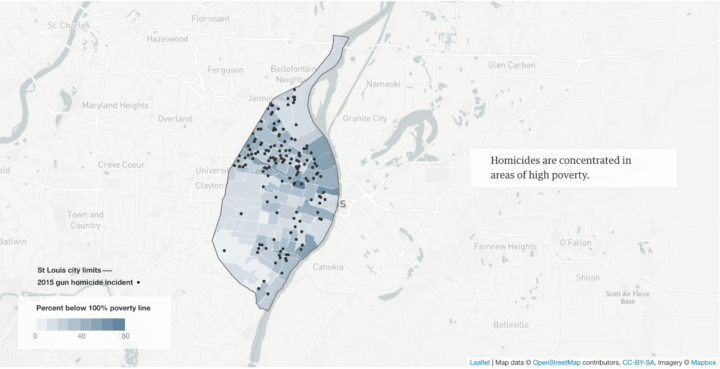
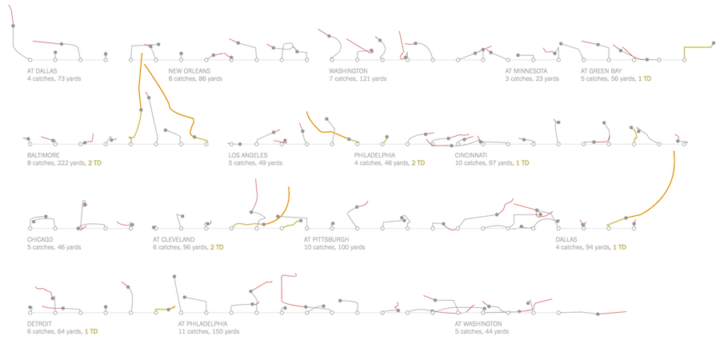
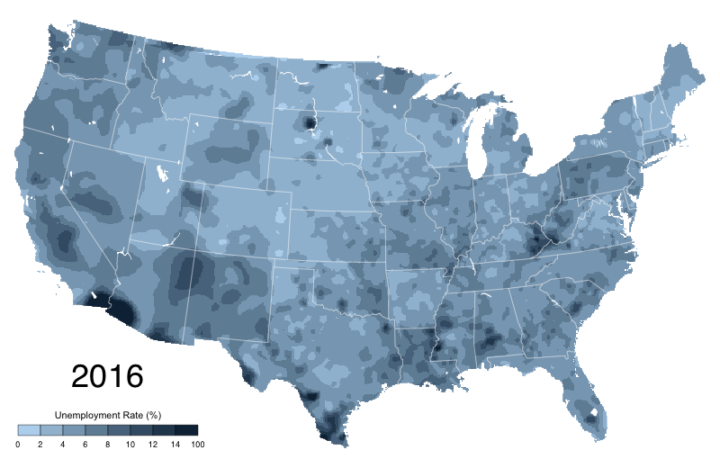
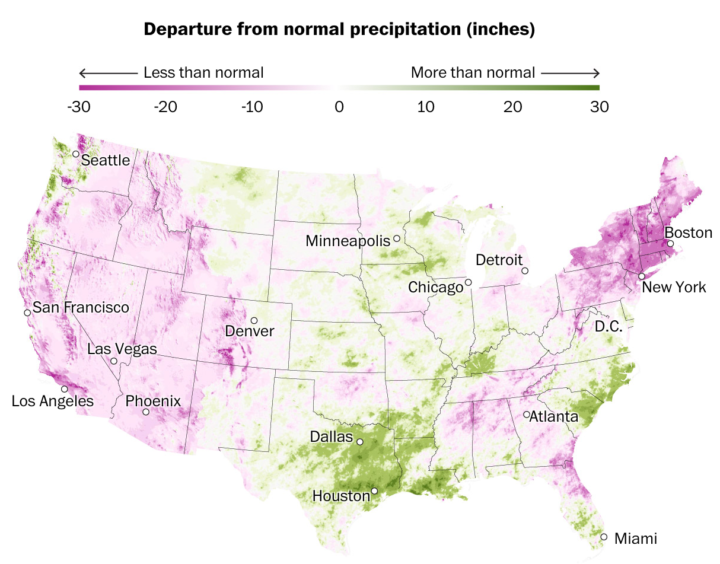
 Visualize This: The FlowingData Guide to Design, Visualization, and Statistics (2nd Edition)
Visualize This: The FlowingData Guide to Design, Visualization, and Statistics (2nd Edition)










